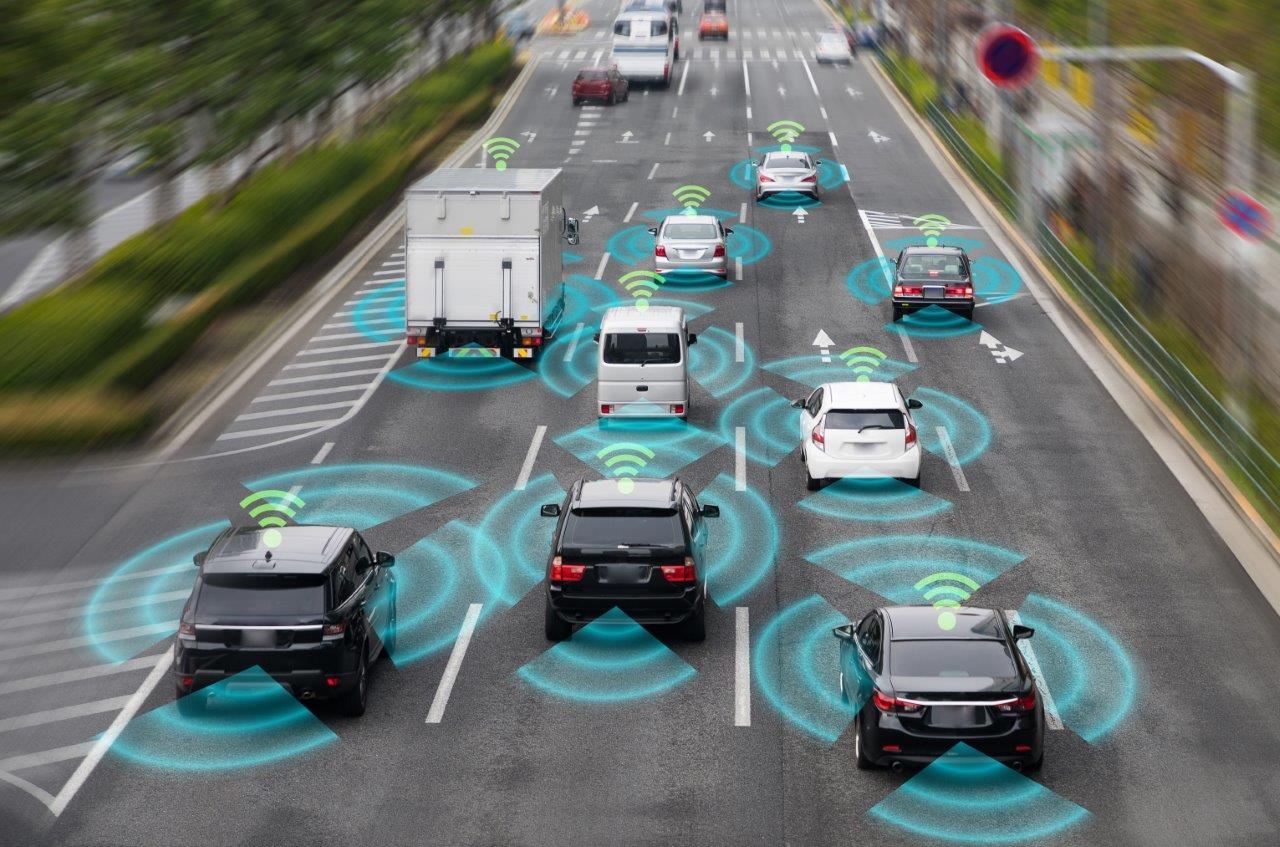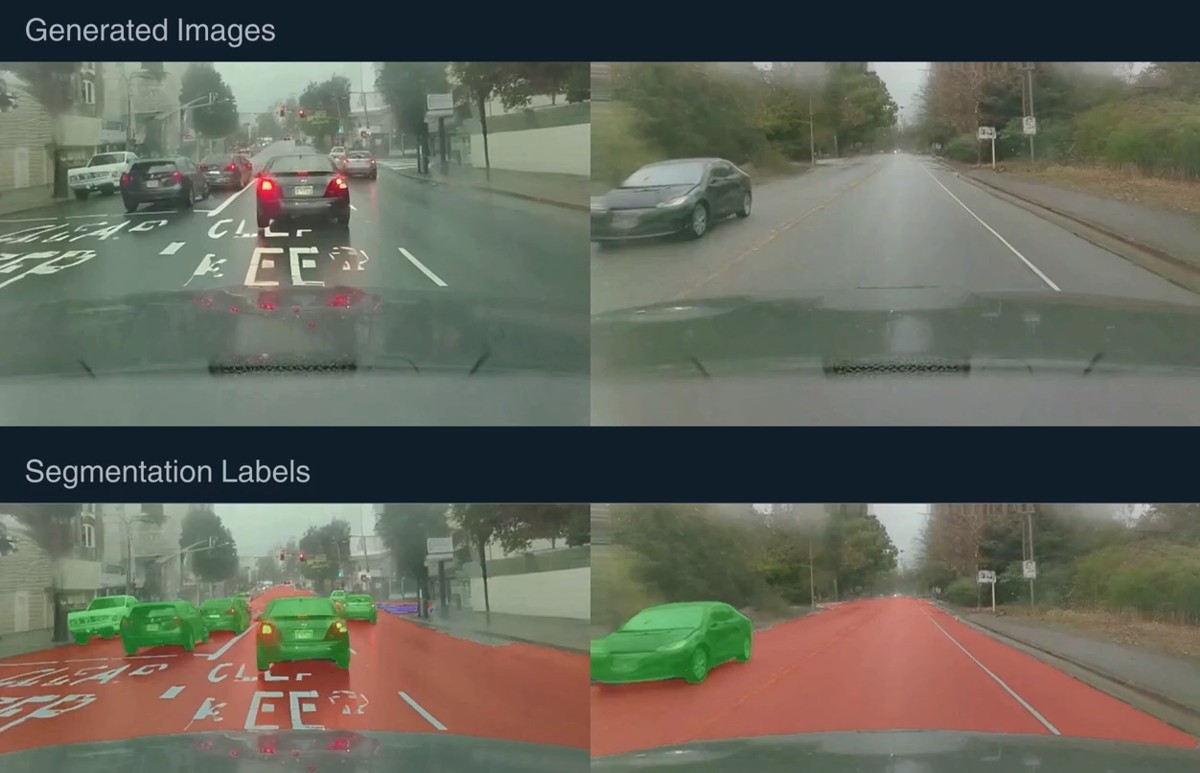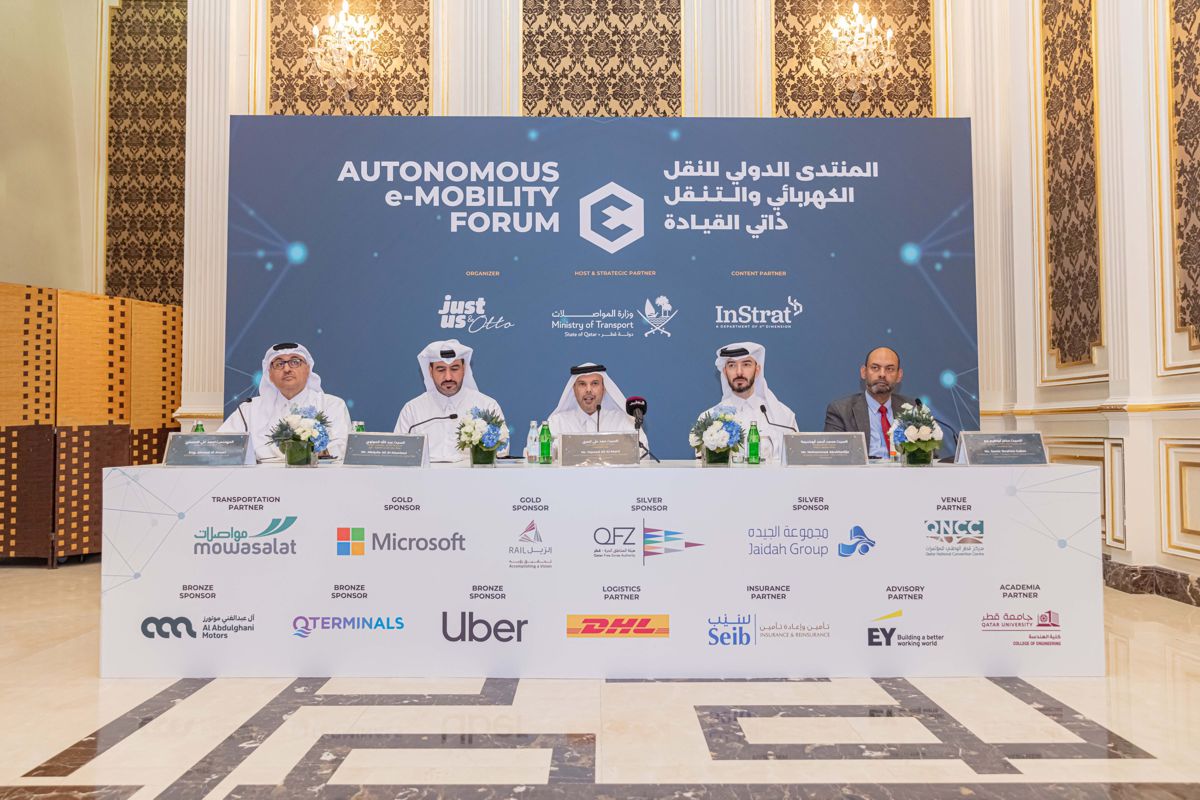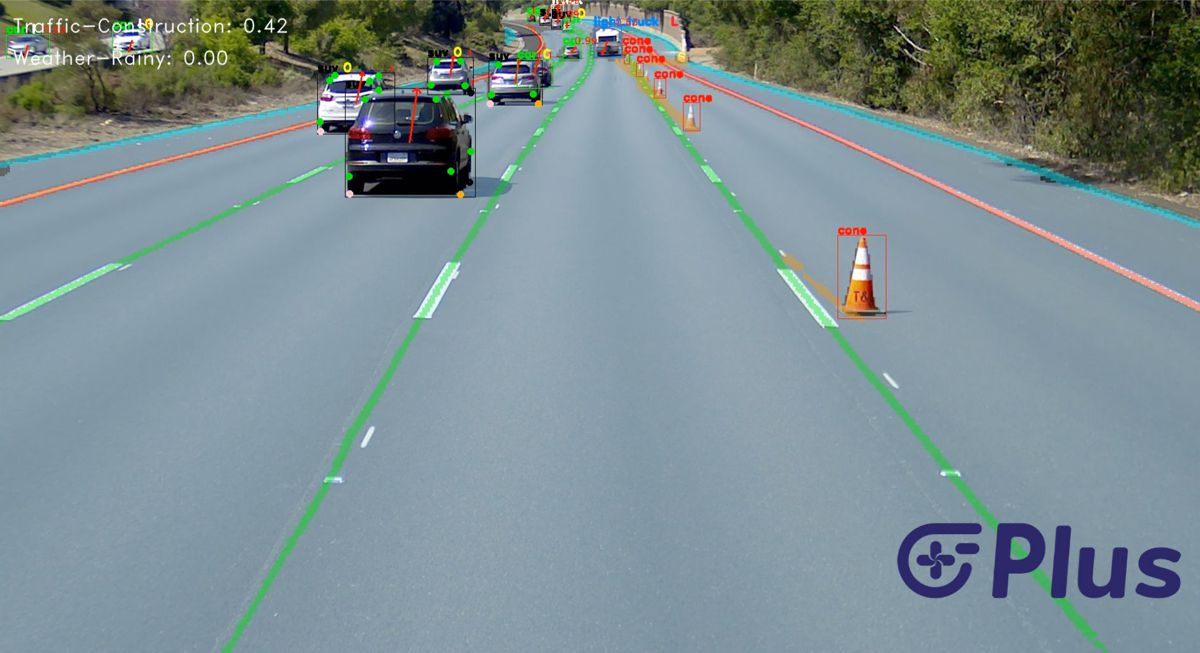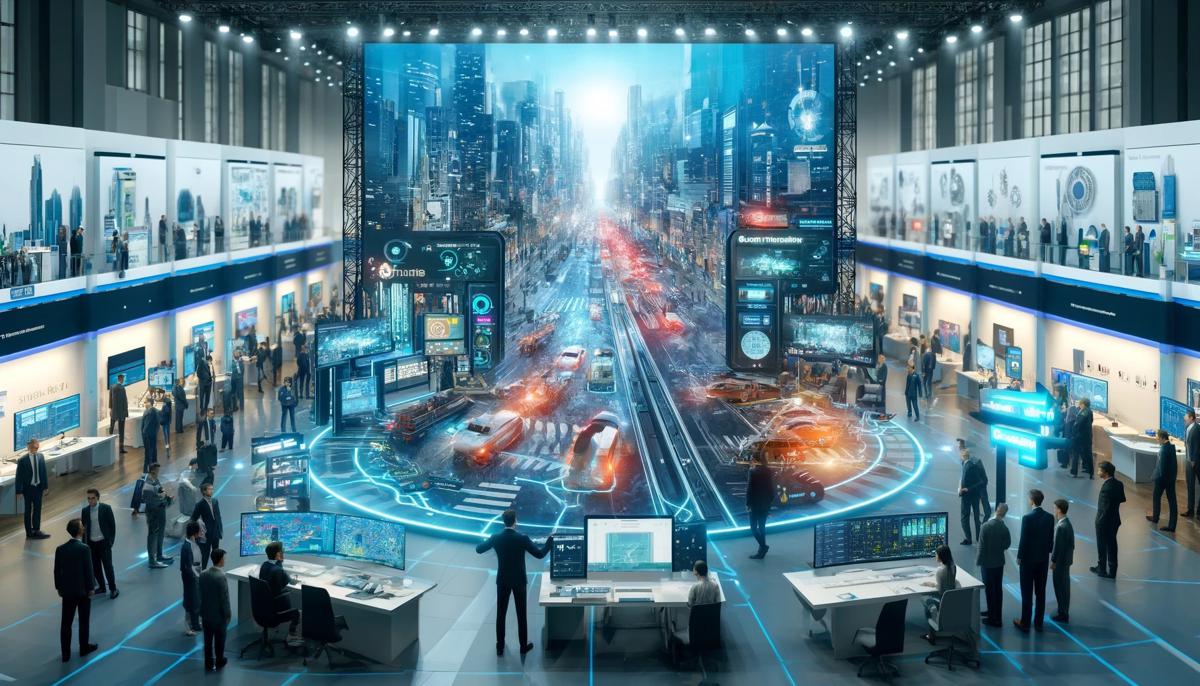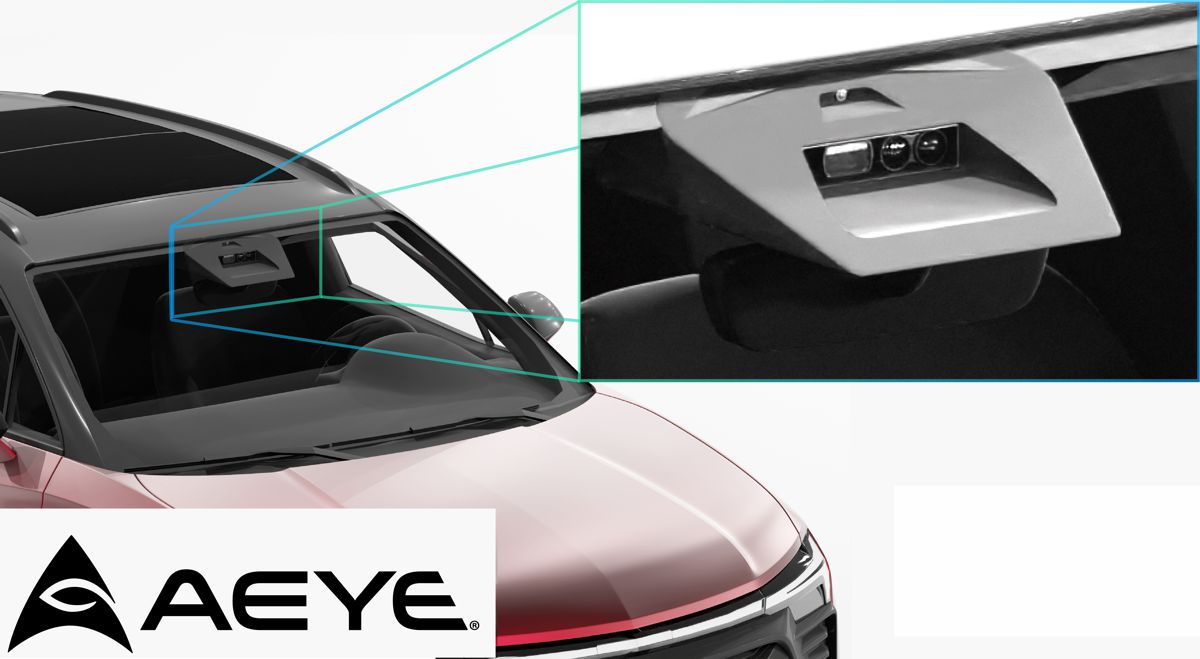Understanding the Future of Shared Mobility
The global centre for innovation in transport and mobility solutions, TRL, is working on projects designed to tackle the questions around shared mobility.
Societal factors such as commercial, economic and political pressures are shaping the evolution of shared mobility. These elements influence critical investments in public transport and the UK-wide infrastructure that enables personal transport on our roads.
Urban growth of transport, congestion, environmental impact, access to mobility and safety are in the sights of new mobility solutions, all of which must be tackled to remove the negative impacts, improve access and complement existing mass transit.
TRL is working on initiatives across the field of new mobility to develop on-road automated vehicle testing facilities and real-world trials of new vehicle technologies to evaluate the costs, benefits and unintended consequences associated with their deployment. TRL is committed to the testing and future deployment of vehicle automation to support the development of innovative shared mobility systems.
The Evolution of Mobility
For a long time, convenience, flexibility, cost, comfort, timeliness, safety and environmental impact have driven people’s choices about mobility.
Today, we are increasingly challenging ourselves to make healthier selections in our travel, and to make choices that are more enjoyable. These factors will gradually influence options in the future around shared mobility.
Mobility is a vibrant and innovative sector where new applications of technology, communications, sensors and machine learning all influence what is possible to enable mobility services. These solutions are enabled by data and computational resources. Cultural shifts in attitudes to ownership and new technologies will separate vehicles from their drivers through increasing automation.
Access to data and services from personal devices enables users to make informed decisions about journeys up to the point of departure and during the trip. New mobility services take advantage of direct access to customers, providing flexibility and convenience through on-demand services which may be shared to reduce cost. Disconnecting customers with personal vehicles can directly address congestion and environmental challenges, although the potential for these services to engulf established mass transit services is significant.
Another layer for consideration is the environmental challenge from emissions. New micro-mobility solutions have the potential to significantly reduce emissions associated with short to mid-range trips in comparison to conventionally powered taxis and cars, whilst encouraging more active mobility. Although much work needs to be done to understand user behaviour and the cost benefit of such solutions – the payback of air quality, health and quality of life significantly outweigh the downsides if managed appropriately.
Enabling the Future of Mobility
In some sectors of society there is a need for an acceptance of change. This includes a cultural change of attitude toward driving. Societal changes and cultural shifts will influence how mobility is adopted and evolves. New mobility is about meeting users personal transport needs as well as providing new solitons for deliveries and logistics.
Technologies are evolving and making new approaches to transport solutions possible, whether it be enabling electric mobility, or developments in autonomy influencing more flexible and modular vehicle platforms. For example, new technologies such as the Panasonic SPACEe_C and Toyota e-Palette will increase choice and flexibility, which is key to challenging the status quo and current car ‘ownership’ models.
Multiple layers of choice are needed to empower mobility choices that are competing against the convenience the car provides. People see cars as their personal and comfortable mobility choice, as the easiest and most effective way to provide for their mobility needs.
To this day, the car remains a comfort blanket, allowing you to contain yourself in your own environment. This is what needs to be challenged and confronted by new mobility solutions which aim to separate drivers from car reliance. These solutions need to succeed in offering advantages above and beyond car ownership, comfort and perpetual availability. Cost should undeniably be a significant driver disrupting car use. However, a cultural shift towards healthier, less polluting, multi-modal choices to encourage drivers to spend less time creating traffic is vital to enable the future of mobility.
Disruption of the Value Chain
History tells us that business models can be disrupted. In a traditional market where the status quo has been dominant for some time, there is almost certainly going to be significant disruption from new waves of technological developments. Current innovations in mobility have the potential to be very significant and far reaching.
Models for the future predict deep disruption of the value chain for transport – this extends far beyond industrial supply chains into the services which provide or enable transport today, such as logistics, transport services, energy, insurance, finance or communications.
Stakeholders within the transport value chain must evaluate the implications and opportunities for their businesses and look to invest in ways that ensure they are evolving their business towards the future market growth. This is seen across multiple industry sectors. Organisations from energy companies, insurers, finance and communications are all working to understand the impact of new mobility.
There are many highly disruptive predications for future mobility, but it’s crucial to balance these against the multiple factors that individuals apply when making decisions and the growth of cultural attitudes. Selling your car to use multi-modal Mobility-as-a-Service (MaaS) is not the same as buying an iPhone and joining the smartphone revolution. The extent to which economic rationality drives choices may be overestimated in many models of mobility service adoption and growth.
Cities and Organisations Must Evolve to Support Demand
Municipalities must enable different types of mobility service solutions that are accessible through platforms supported by the authority. Whether one platform or many provide the optimal approach should be investigated from a user and city perspective.
It’s best to have a city-level approach to co-ordinate services, including micro-mobility. For example, an electric scooter journey is around 100 times more efficient than an equivalent journey by a conventionally powered taxi from an energy and air pollution perspective.
Updates to road traffic legislation are needed in order to support micro-mobility, which have the potential to shift the balance in cities from heavy inefficient vehicles to lighter highly efficient ones.
However, such updates may need to be measured and staged to avoid potential negative consequences to road risk and user safety. Clearly, there is a need to develop and permit innovative means of efficient transport to improve urban areas.
Leveraging Data
It is essential that mobility platforms use data efficiently to understand how it can drive its own performance; such as, access to user demand data, real-time and predicted traffic data and highly localised weather information. For example, there may be a very localised weather effect that disturbs supply and demand.
There must be strong management of mobility service data to ensure it is not distorted towards bubbles of demand where un-coordinated service providers respond to the same data in the same way – leading to negative consequences.
The continued challenge of market disruption is to avoid creating unintended consequences. Interventions to prevent such scenarios should be clear and controlled from a city-level to avoid reducing competition in the market. The priorities should always be safety, comfort and ease of use in the new mobility market. The move towards shared mobility should support these aims.
Next Steps for Automated Vehicle Mobility Solutions
As we move towards automated vehicles and autonomous systems, there is a need to demonstrate that these systems can operate safely in the real-world and interact with other traffic. To achieve this, TRL is creating a new mobility test bed in the UK, the Smart Mobility Living Lab: London.
Testing in the wrong way can lead to unintended results, and therefore managing safe deployments of automated technologies is critical. For example, TRL is currently working with FiveAI to trial automated vehicles on London’s roads throughout April.
We need to evaluate future solutions in the real-world, considering the readiness of the technologies themselves, consumers and other road users. Creating a model for mobility-as-a-service (MaaS) is essential to create the level of flexibility that is offered by cars. This needs to include mass transport as well as last mile mobility.
Proving these technologies in real-world environments will create public buy-in. This approach will allow for solid evaluation of mobility services before they are let loose in the city and on public roads. By working with TRL and the Smart Mobility Living Lab: London, technology and solutions developers can address these questions in in the correct environments.
It is important for organisations and developers to work with experts in transport safety, consumer behaviour, future policy and legislation to achieve optimal performance and generate strong evidence around the benefits and risks for mobility services so they can make the most productive impact on society.
Article by Iwan Parry, Market Development Lead for New Mobility at TRL





